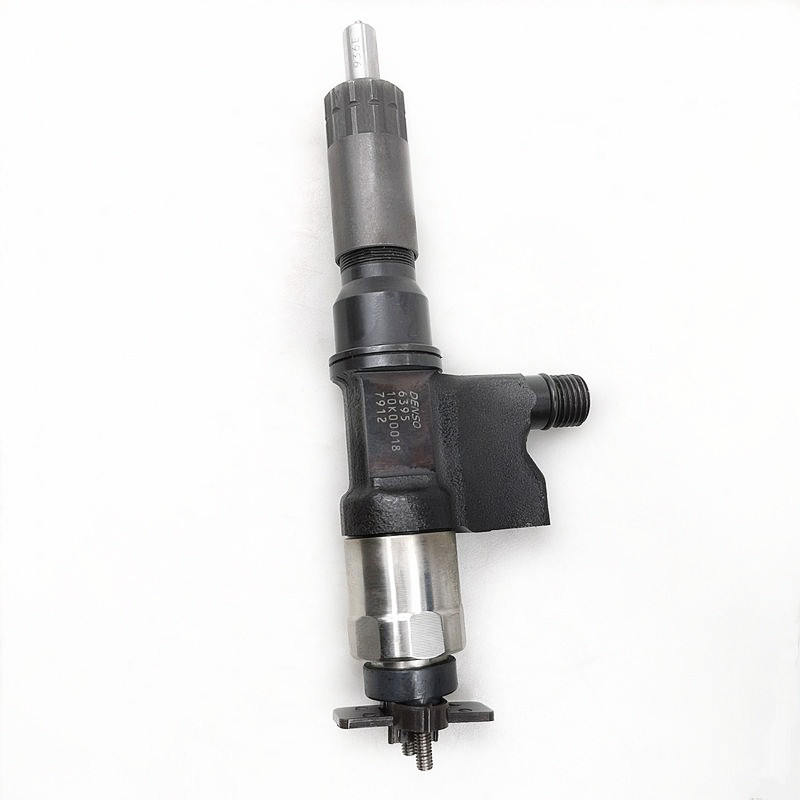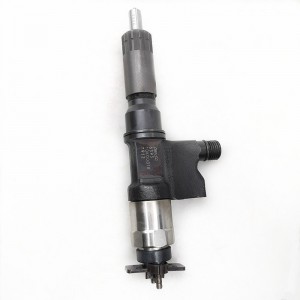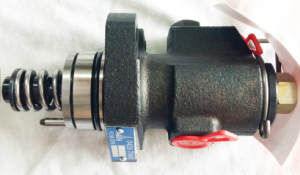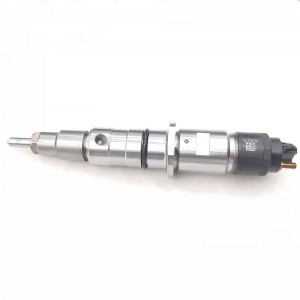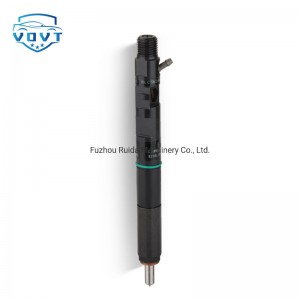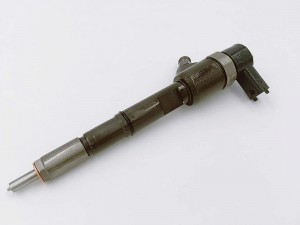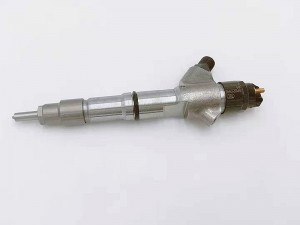Diesel Injector Fuel Injector 095000-6395 Denso Injector for Gmc, Isuzu
products detail
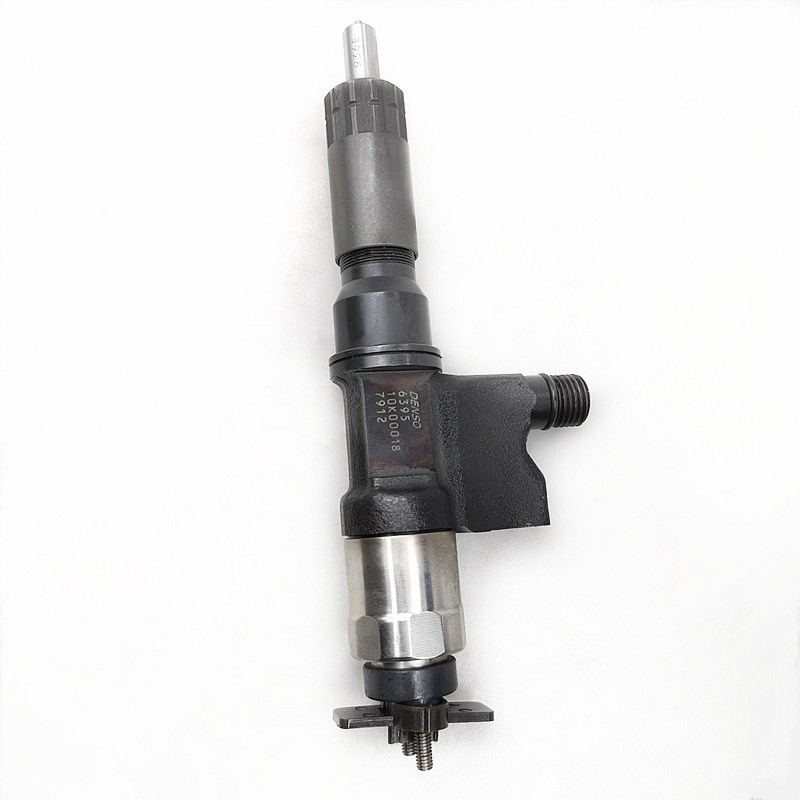
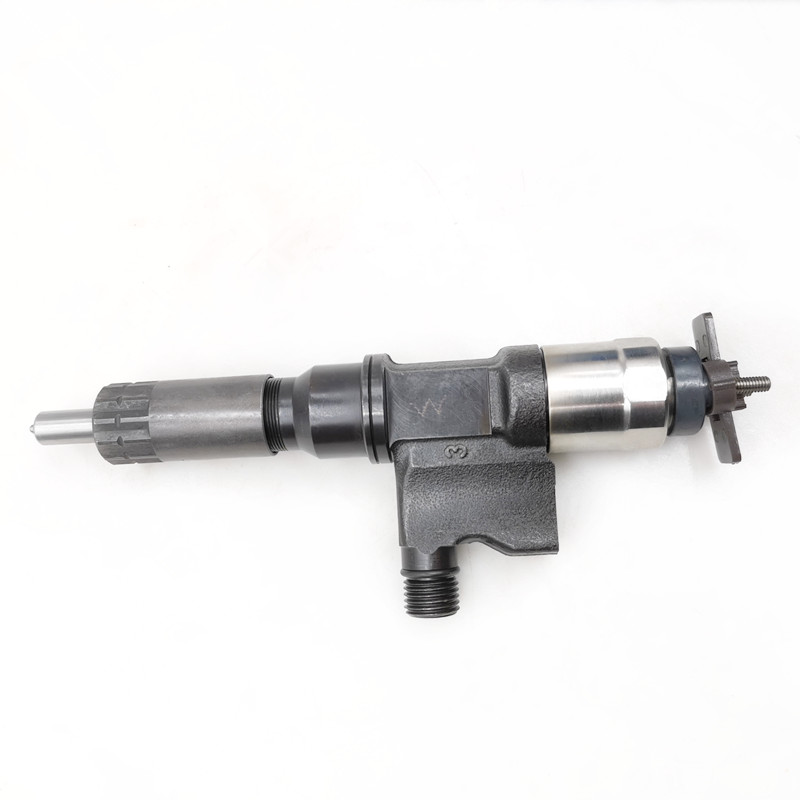
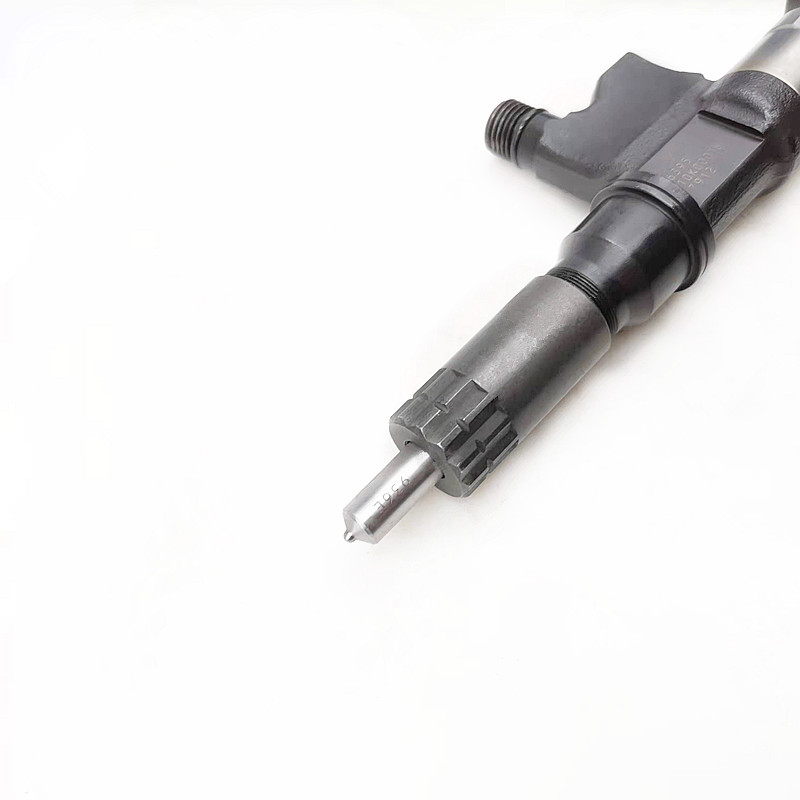
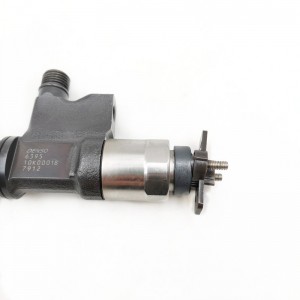
Used in Vehicles / Engines
| Product Code | 095000-6395 |
| Engine Model | C6500, C7500 |
| Application | GMC Topkick, ISUZU |
| MOQ | 6 pcs / Negotiated |
| Packaging | White Box Packaging or Customer's Requirement |
| Warranty | 6 months |
| Lead time | 7-15 working days after confirm order |
| Payment | T/T, PAYPAL, as your preference |
With the increase of the roughness of the inner wall of the nozzle, the strength of the hole inside the nozzle is weakened, especially in the outlet area of the nozzle, mainly because the hole layer in the nozzle is transported downstream, the hole layer is affected by the roughness of the wall, and the cavitation is broken and collapsed.
With the increase of the roughness of the inner wall of the nozzle, the turbulent kinetic energy intensity inside the nozzle increases, especially in the entrance area of the nozzle, the kinetic energy is the largest, mainly because the sharp chamfer at the entrance of the nozzle enhances the turbulence intensity at the entrance of the nozzle.
Under the condition of low injection pressure (30MPa), increasing the roughness of the inner wall of the nozzle has little effect on the mass flow rate and the average speed of the nozzle outlet. However, under the condition of high injection pressure (180MPa), with the increase of roughness, the mass flow rate of the nozzle outlet increases slightly, and the average speed of the outlet gradually decreases, mainly due to the roughness of the inner wall of the nozzle increases the loss during the flow process. Under high jet pressure conditions, the turbulent energy at the outlet of the nozzle increases rapidly with the increase of roughness, while the turbulence intensity at the outlet increases slightly under low injection pressure.
The turbulence intensity at the outlet of the nozzle is along the X axis from the bottom of the nozzle to the upper wall of the nozzle showing a trend of first getting smaller and then increasing, the turbulence intensity in the middle area of the nozzle is the smallest, and the turbulence intensity in the upper wall cavitation layer area of the nozzle is large, and the fragmentation of the cavitation enhances the turbulent disturbance in the wall area above the nozzle outlet, which in turn promotes the turbulence intensity.

